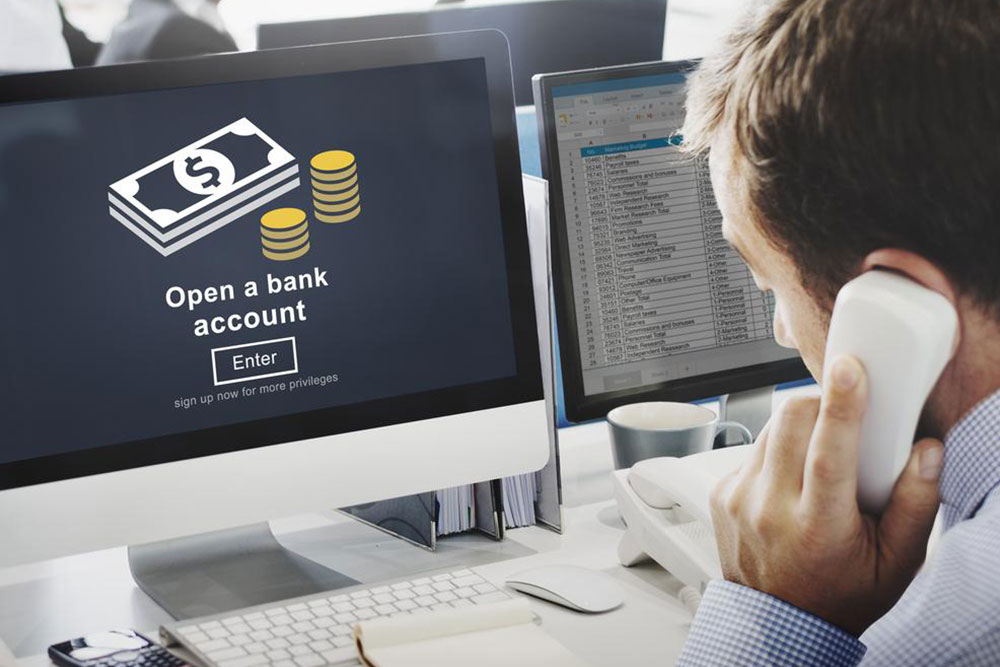Simple practices to keep your banking accounts protected
Today’s bankers require banking services that are available without any restriction in time or transactions. The advent of online banking and card services, both credit and debit cards, have made our everyday lives easier to deal with any form of expenses at any given time. However, this feasibility has also left a somewhat gaping hole in terms of the protection and security of our banking accounts.
Here are some tips to protect your bank accounts from the possible environmental threats:
Protect your banking information. All your personal information, including your social security number, that you provided for opening a bank account should be protected carefully.

Keep a tab on your account. Always ensure to check every transaction that you have made or regulated on your account at least once a week to ensure there are no extra charges routed to your account by some unknown source. In case of discrepancy, reach out to the bank to ensure that your interests are protected.
Don’t keep too much of cash in the checking account as that is the most compromised one due to frequent transactions.
Don’t fall for the usual free account and services gimmick without verifying facts. Sometimes banks offer a variety of services at the cost of just opening a banking account with them. Be sure to check the hidden costs and other restrictions that are stated in the contracts and forms. This will ensure that you are not required to pay for services that your thought was free.
Check for FDIC insurance. Check that your financial institution has this cover, and make sure to maintain your fund within the limits to ensure safe return on investments.

